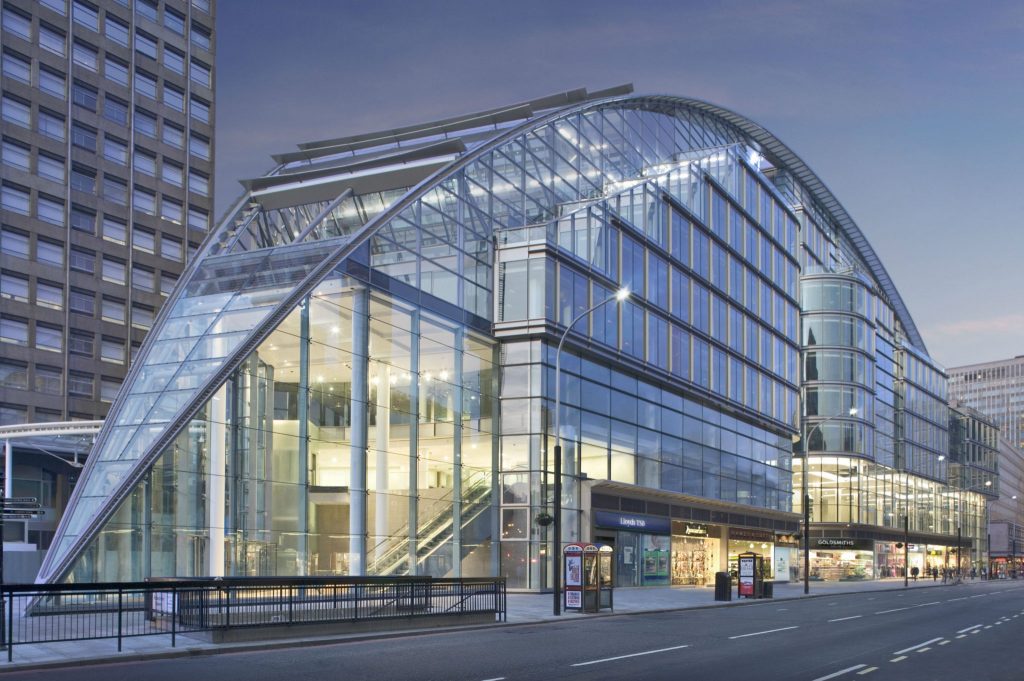Green building certifications and standards
Building a Sustainable Future: Exploring Green Building Certifications and Standards
Introduction
In today's rapidly changing world, there is a growing awareness of the environmental impact of human activities, especially in the construction and real estate industries. As a result, there has been an increasing demand for sustainable and eco-friendly buildings. Green building certifications and standards play a crucial role in promoting environmentally responsible practices in the construction and operation of buildings. In this blog post, we will delve into the world of green building certifications and standards, understanding their significance, and exploring some of the most popular ones.
1. What Are Green Building Certifications and Standards?
Green building certifications and standards are voluntary rating systems that assess a building's environmental performance and sustainability. They serve as a guide for architects, engineers, builders, and property owners to design, construct, and operate environmentally friendly buildings that reduce negative impacts on the environment and human health.
These certifications and standards cover various aspects of a building's lifecycle, including site selection, energy efficiency, water conservation, materials selection, indoor air quality, waste reduction, and more. By adhering to these guidelines, buildings can achieve reduced energy consumption, lower carbon emissions, improved indoor air quality, and overall resource efficiency.
2. LEED (Leadership in Energy and Environmental Design)
One of the most well-known green building certifications worldwide is LEED, developed by the U.S. Green Building Council (USGBC). LEED offers different certification levels based on points earned across various sustainability categories. These categories include Sustainable Sites, Water Efficiency, Energy and Atmosphere, Materials and Resources, Indoor Environmental Quality, and Innovation in Design.
In this section, we'll explore the LEED certification process, how points are earned, and highlight some iconic LEED-certified buildings around the globe.
3. BREEAM (Building Research Establishment Environmental Assessment Method)
BREEAM, developed in the United Kingdom by the Building Research Establishment (BRE), is another widely recognized green building certification. BREEAM assesses buildings on several criteria, including energy and water use, indoor comfort, pollution, transport, and ecology. Like LEED, BREEAM also offers different certification levels, such as Pass, Good, Very Good, Excellent, and Outstanding.
We will discuss the origins of BREEAM, its assessment methodology, and showcase examples of buildings that have achieved high BREEAM ratings.

4. Green Globes
Green Globes is a more flexible and interactive green building certification system. It was initially developed in Canada and is now used in the United States as well. Green Globes uses a 1,000-point scale to evaluate buildings and offers guidance throughout the design and construction process.
In this section, we will look at how Green Globes differs from other certifications, its assessment process, and explore its growing popularity.
5. Living Building Challenge
The Living Building Challenge (LBC) is one of the most ambitious green building certifications, advocating for buildings to be regenerative and self-sustaining. It focuses on the principles of net-zero energy, waste, and water, as well as promoting social equity and a healthy indoor environment.
Here, we will delve into the stringent requirements of the Living Building Challenge, discuss its impact on the environment, and the challenges faced by projects attempting to meet its criteria.

6. The Future of Green Building Certifications
As sustainability continues to gain momentum, green building certifications and standards will evolve to address new challenges and technological advancements. In this section, we will speculate on potential future trends, including the integration of smart technologies, the rise of circular economy principles, and the importance of social sustainability.
Conclusion
Green building certifications and standards are crucial instruments driving the transformation of the construction industry towards a sustainable and environmentally responsible future. They encourage stakeholders to embrace innovative practices that promote resource efficiency and reduce the environmental footprint of buildings. By pursuing these certifications, we can create a world where buildings harmonize with nature, contribute positively to their surroundings, and provide healthier spaces for their occupants.
Comments
Post a Comment